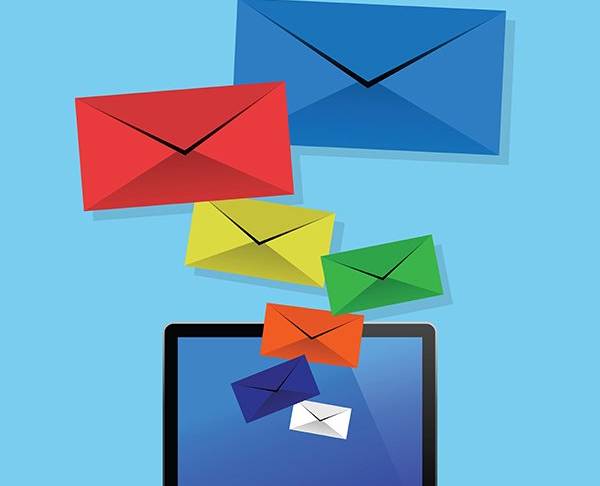3 Mistakes You Might be Making in Your Sales Emails

In a noisy market you may be taking desperate measures to stand out. It is only natural that you want to increase revenue by closing sales as fast as you can. But be careful! A poorly worded sales e-mail can be counterproductive, turning away the customers you want to reach.
Here are some common mistakes people make in sales e-mails.
1. Forgetting about the customer
Our sales writing workshops open and close with one key message: If you want to move a sale ahead, you need to be customer-focused. Period. Some sales e-mails are too feature-oriented; they list the generic benefits of the product or service without taking the readers’ needs or obstacles into account. The truth is, you can reiterate the qualities of a product until the cows come home—but for your prospects to buy, you need to show what impact the product or service has on their business.
You can write, for example: “Bandwidth is critical to your big data analysis. We can increase that bandwidth up to 25%.”
2. Using “salesy” headlines
Superlatives, buzz words, and exclamation marks won’t convince a potential buyer. If you bombard readers with statements such as “Don’t miss this opportunity!!!” and “Best value on the market!” your e-mails may end up ignored in their spam folders.
Instead of looking for catchy adjectives, focus on showing the value of your product up-front. “XYZ is a must-have client management system” does not really say much, but “XYZ was voted #1 by InformationWeek” does.
3. Getting too personal
In our sales writing workshops we encourage you to keep your tone personable and friendly, as if you were speaking to the prospect. But remember, you are writing to a potential buyer, not your favorite aunt Margie. Some professionals may be put off by a too-familiar tone.
Instead of writing:
“Are your data integration problems getting you down?”
Write:
“New breakthroughs can help your company clear bottlenecks in the data integration process.”
In conclusion…
The bottom line: before you write a sales e-mail, identify what impact your product or service will have on your readers. They don’t care much about its features unless it does something for them. What features, in particular, will help solve their business needs? Be specific! What’s a good starting point? Imagine you were the buyer. What would convince you?
